8 Signs You Are Burning Fat During Exercise
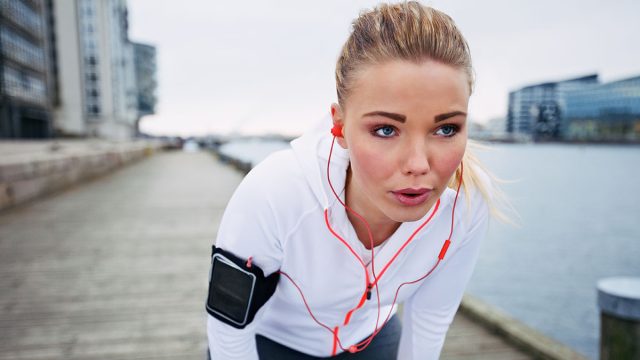
So, you are working out and trying to shed fat. How do you know that it is actually working? Los Angeles personal trainer Jason Kozma, aka Mr. America and Mr. Muscle Beach, is a champion bodybuilder who trains clients at Santa Monica-based High-Performance Personal Training; he explains that there are a few ways to know. "Signs that indicate you are burning fat during exercise can be subtle and may not show immediate results," he explains. "However, several physiological indicators suggest that your body is using fat for fuel."
Sustained Energy Levels
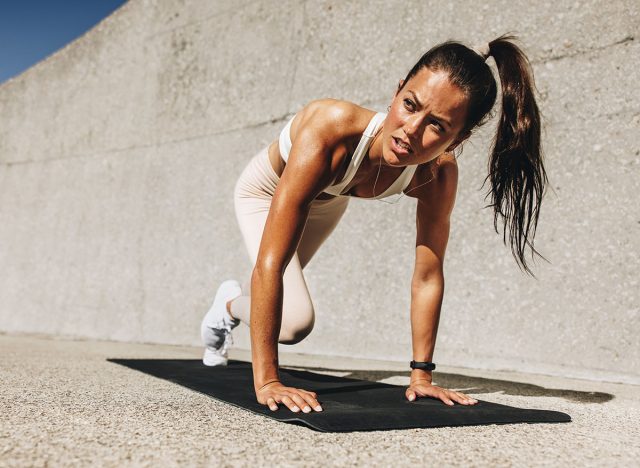
The first way to know is if your energy levels are sustained. "When your body shifts to burning fat, energy levels tend to stabilize. Fat is a slower-burning fuel, so if you can maintain energy during moderate-intensity workouts (like walking or steady-state cardio), it's a sign your body is using fat as a primary energy source," says Kozma.
RELATED: 10 Superfoods to Boost Your Brain Function You Should Eat Every Day
Increased Endurance
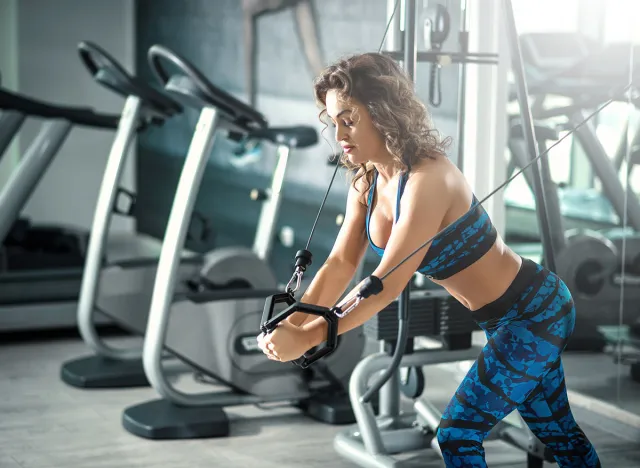
The second way is that endurance has increased. "Fat is an efficient fuel source for long-duration, low-to-moderate-intensity activities. If you notice improved endurance over time, this is a sign your body is adapting to burning fat," he says.
Improved Recovery Between Workouts
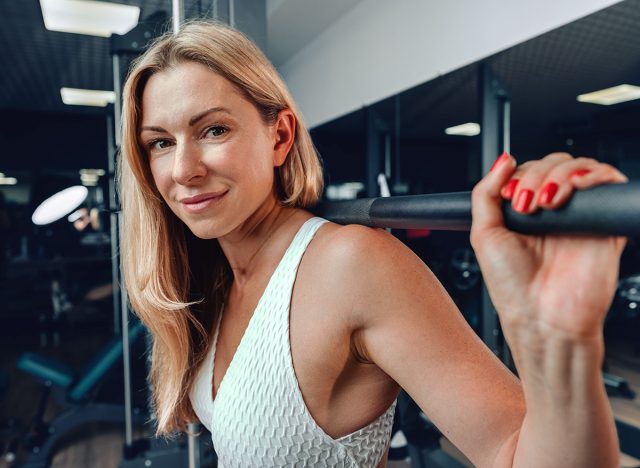
The next sign? Improved recovery between workouts. "Efficient fat burning leads to faster recovery as fat metabolism promotes better oxygen utilization. If you find yourself recovering more quickly after exercise, your body might be efficiently using fat stores," he explains.
Fatigue During High-Intensity Workouts
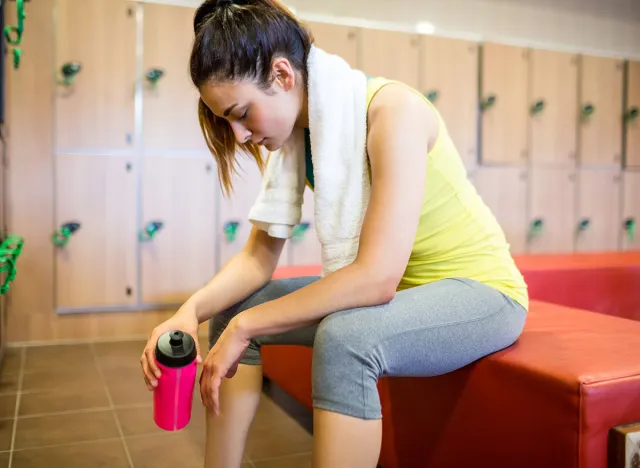
Are you experiencing fatigue during high-intensity workouts? "At very high intensities, your body primarily uses glycogen (carbohydrate stores). If you experience fatigue as your glycogen stores deplete and transition into a lower, more sustained pace, your body may switch to burning fat. This applies to cardio workouts. Weight training workouts can be less affected by this transition," Kozma states.
Stable Hunger Levels Post-Workout
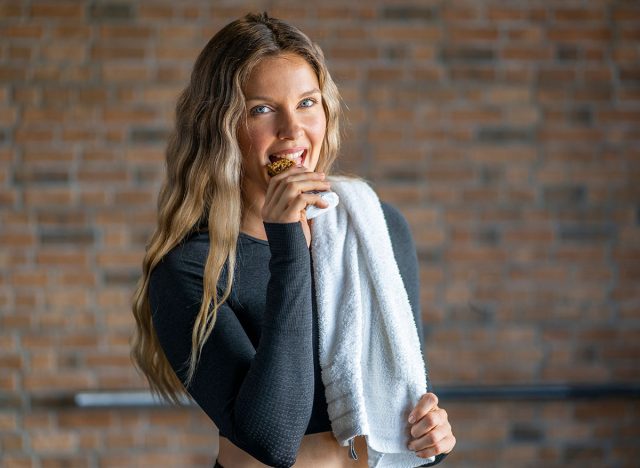
If your hunger levels stabilize, it could be a fat-burning signal. "Fat oxidation can help stabilize blood sugar levels, preventing extreme hunger post-workout. If your appetite remains relatively stable after workouts, it could indicate that your body is efficiently burning fat," says Kozma.
RELATED: He Gave Up Sugar for 30 Days and These 5 Things Happened to His Body
Gradual Weight Loss or Inch Loss
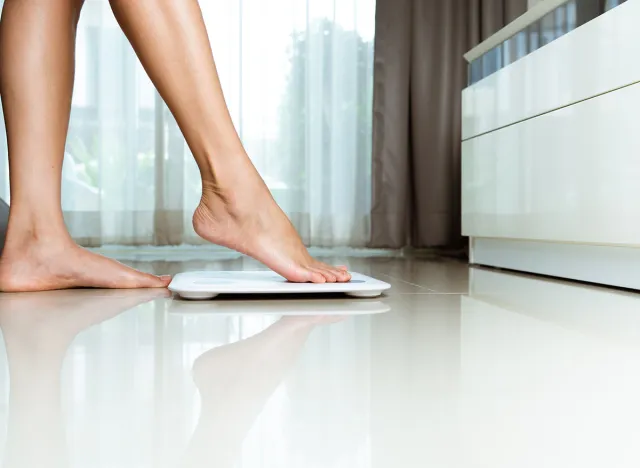
Gradual weight loss is another sign. "Over time, one of the clearest signs of fat loss is a gradual decrease in body weight or body measurements even if your weight does not decrease as much as expected. If you notice that you're losing inches or your clothes fit better, it's a good indication of fat loss," he says.
Heart Rate in the Fat-Burning Zone
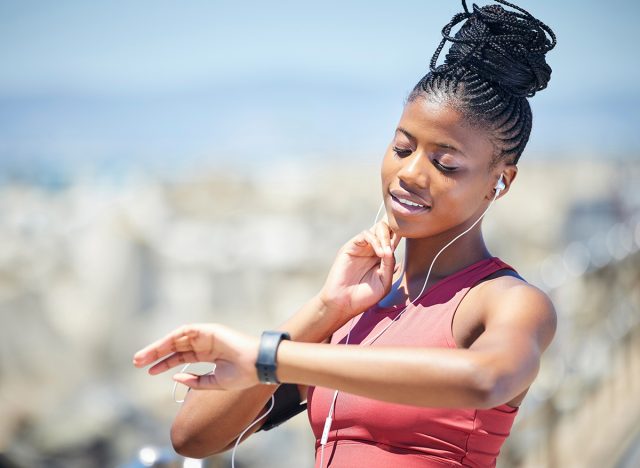
Exercising in the "fat-burning zone" typically means keeping your heart rate between 60-70% of your maximum. "Using a heart rate monitor (muffin built into cardio machines these days, or easily tracked with a wearable like an Apple Watch or Fitbit) can help you gauge if you're in this zone," says Kozma.
RELATED: I Lost 45 Pounds Using This 3-Step "Trifecta" Method
Changes in Body Composition
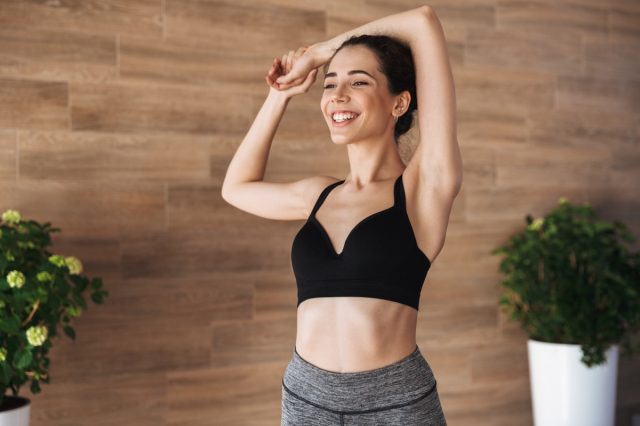
The last sign is changes in body composition. "If you're noticing a change in how your body looks and feels (less fat, more muscle definition), it's likely that you're burning fat during your workouts, even if the scale doesn't show it immediately," Kozma says. And if you enjoyed this article, don't miss 12-3-30 Walking Method: 20 Proven Tips to Lose Weight Faster.




